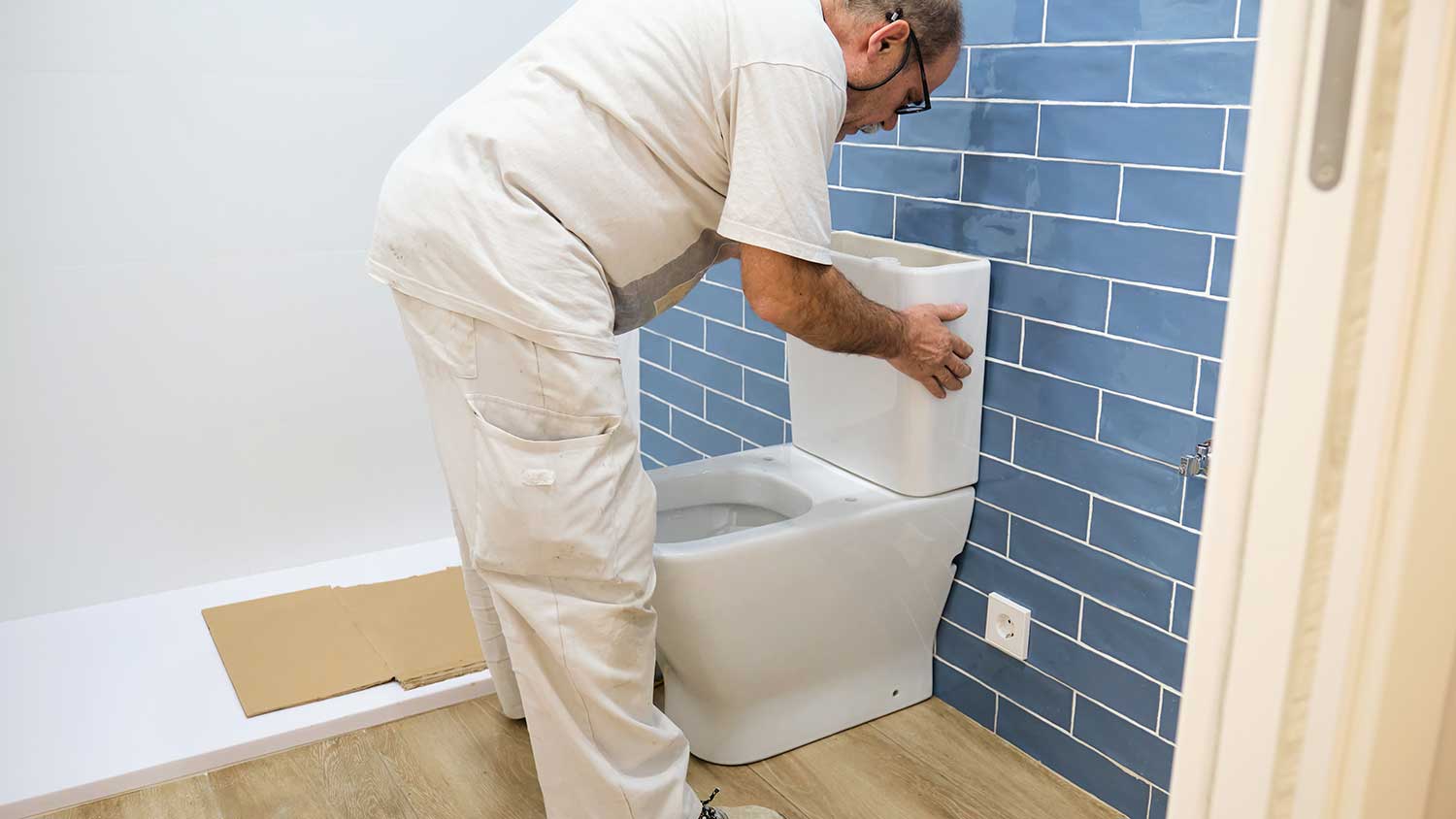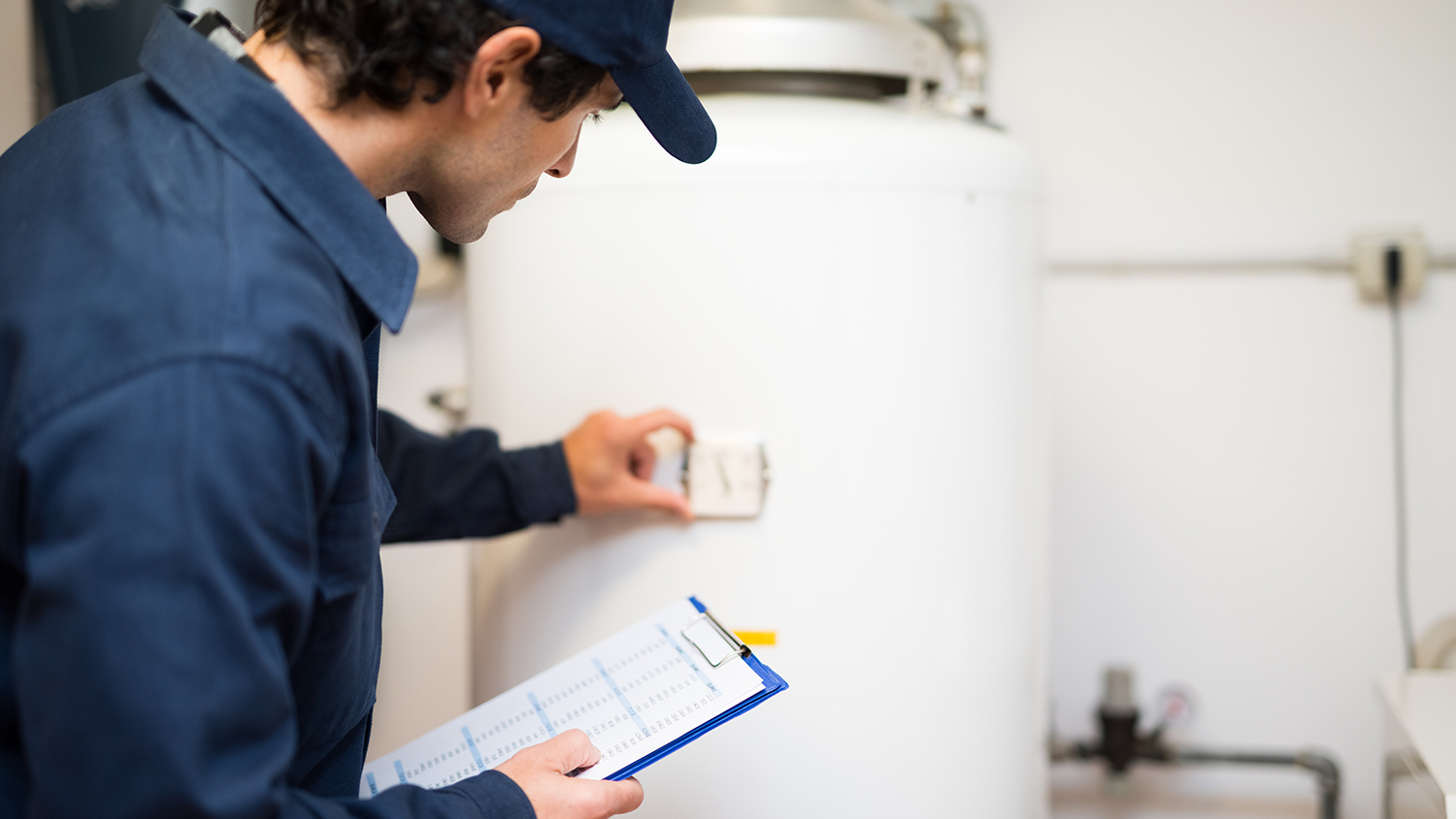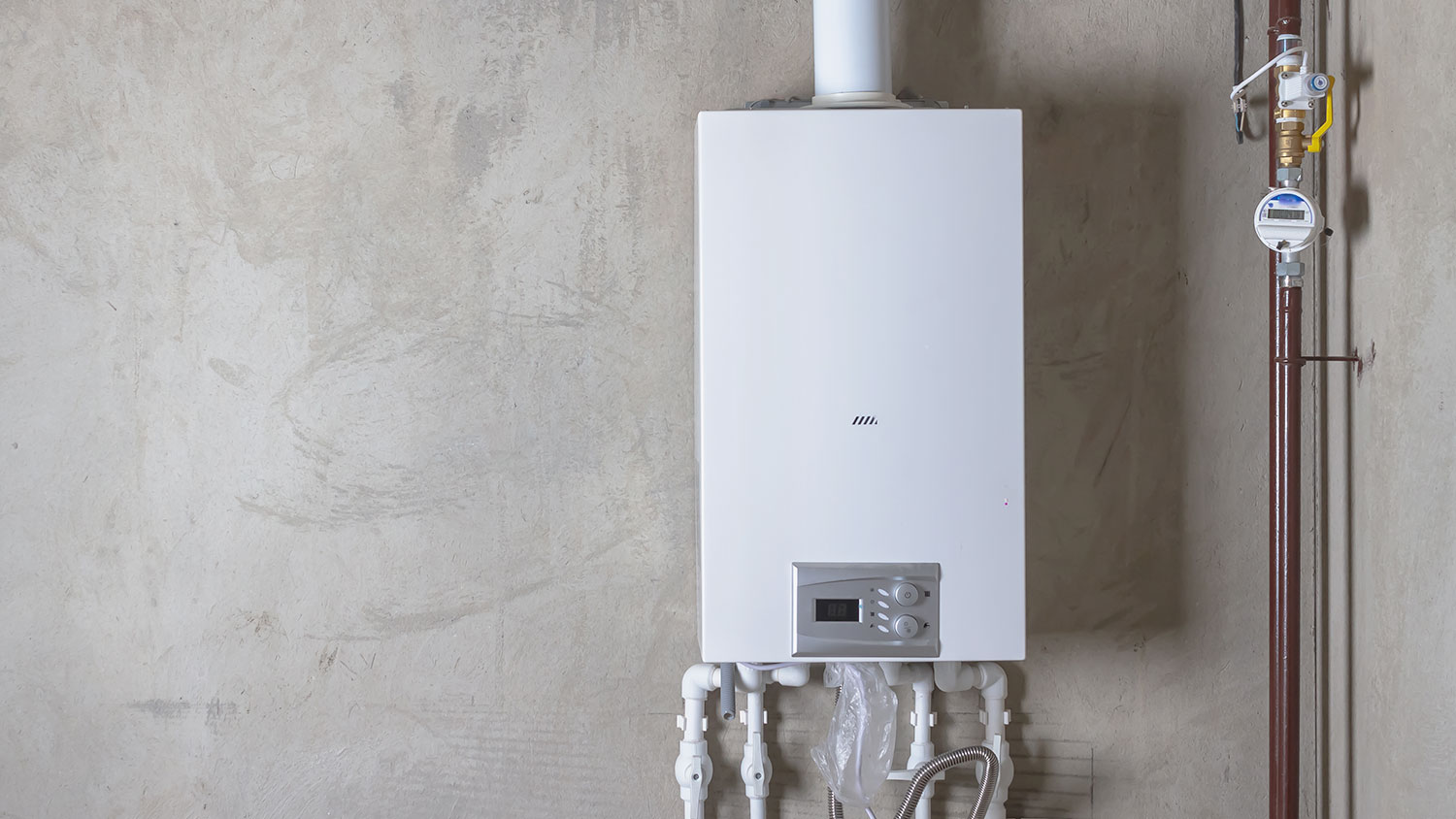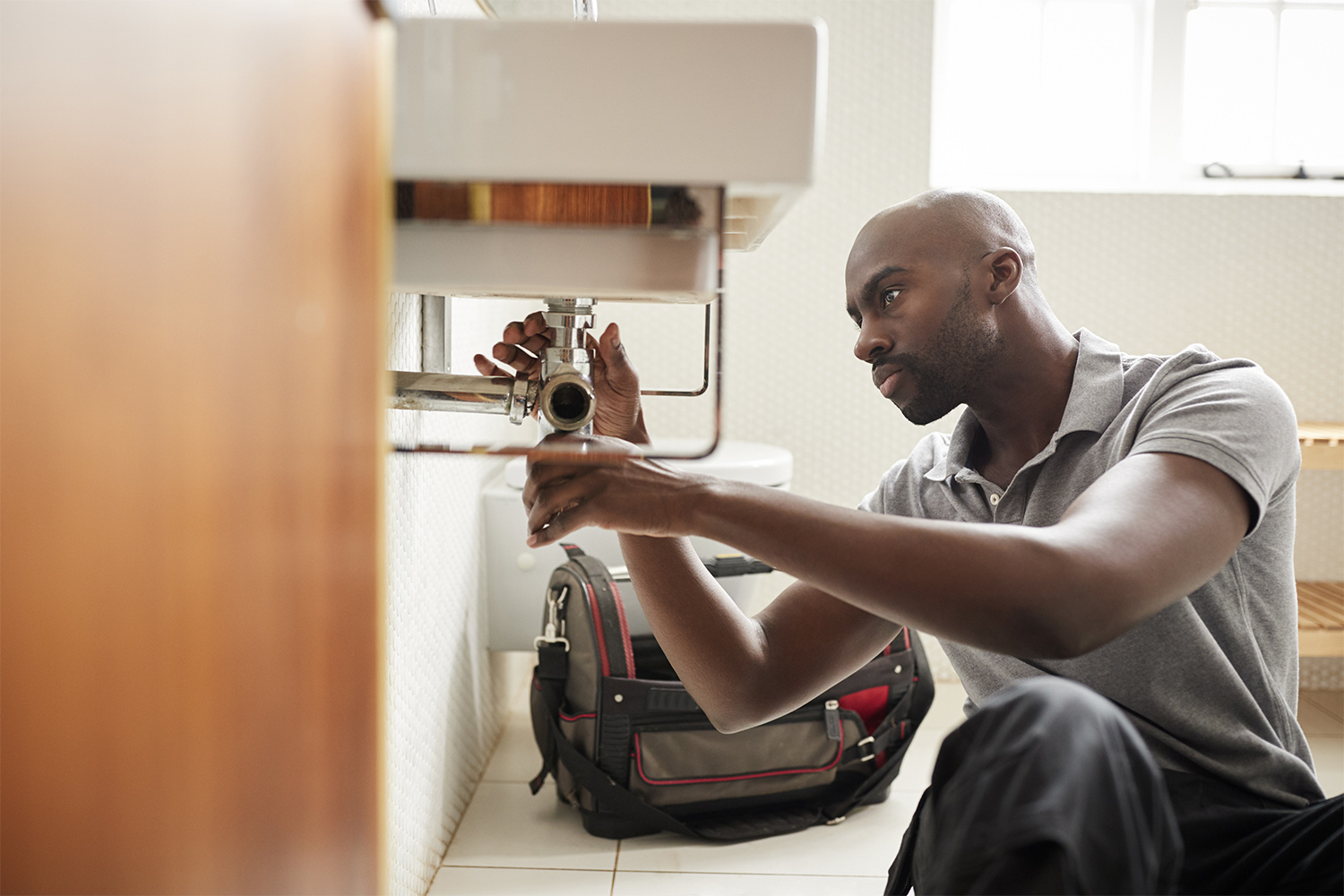
Wondering who repairs undermount sinks? See when to call a countertop specialist or plumber, what to expect, and typical repair costs
Home plumbing stack replacement costs an average of $6,500


Most homeowners pay between $3,000 and $9,000 to replace a plumbing stack.
Your final price depends on stack size, pipe material, local labor rates, and where you live.
Replacing deteriorating stacks prevents leaks, water damage, and foul odors.
Investing in timely replacement safeguards your home and reduces future plumbing expenses.
This article was updated using automation technology and thoroughly reviewed for accuracy by HomeAdvisor Editor Ryan Noonan.
When most people picture plumbing problems, they think of dripping faucets or busted pipes. Yet the vertical stack is equally important: it carries waste out of the house and vents sewer gases. Replacing an entire stack can run anywhere from a minimum of $1,500 to a maximum of $15,000. Most projects fall between $3,000 and $9,000, with an average of $6,500—depending on length, material, and labor rates. By comparison, a quick repair for a small leak or crack costs $300 to $1,200.
The price per linear foot changes with the amount of pipe you need and the material you choose.
| Material | Cost for 250 Linear Feet | Cost for 500 Linear Feet |
|---|---|---|
| Copper | $500–$2,000 | $1,000–$4,000 |
| Cast Iron | $2,500–$5,000 | $5,000–$10,000 |
| PVC | $125–$250 | $250–$500 |
Replacing a plumbing stack can cost dramatically more depending on where you live. Urban areas with higher labor rates push prices to the top of the range, while rural or lower-cost regions often come in at a fraction of that.
| Region | Estimated Cost Range | Details |
|---|---|---|
| High-Cost Urban Areas | $6,000–$15,000+ | Labor rates $100–$150/hr; costs climb for multi-story or hard-to-access stacks |
| National Average | $3,000–$9,000 (avg. ~$6,500) | Cost range seen across most projects nationwide |
| Lower-Cost/Rural Areas | $1,500–$4,000 | Lower labor rates; simpler, single-story stack replacements fall here |
Upgrading your home’s plumbing stack can be a worthwhile investment, even if it doesn’t return the full cost at resale. On average, homeowners see a 50% to 60% return on investment, and buyers tend to place a premium on updated plumbing—particularly in older properties.
A new stack improves drainage, lowers the chance of leaks, and helps protect against water damage that can lead to costly repairs. It also ensures your system meets current building codes, making future renovations or accessibility upgrades easier to complete.
While not as visible as kitchen remodels or new flooring, a modernized plumbing stack often strengthens inspection results and reassures potential buyers. When combined with other plumbing updates, it can meaningfully improve your home’s marketability and overall value.
Replacing a plumbing stack can be expensive, but there are several strategies to help control costs without cutting corners:
Compare estimates: Request bids from several licensed plumbers to ensure you’re getting fair, competitive pricing.
Choose smart materials: Opt for durable options that meet code but avoid unnecessarily expensive upgrades.
Plan your timing: Scheduling work during slower seasons may reduce labor rates and improve availability.
Combine projects: Tackling stack replacement alongside other plumbing updates can lower overall labor costs.
Prep ahead: Clear and ready the work area so contractors can focus solely on installation, saving you billed hours.
It’s possible to replace a plumbing stack yourself, but the project requires specialized tools and materials. At minimum, you’ll need replacement piping, nylon straps, a wrench, a hammer, and a cutting tool such as a cast cutter or hacksaw. While basic tools may only cost $30, the majority of your expenses will come from the piping material, which varies based on the size and layout of your system.
By contrast, licensed plumbers charge $75 to $200 per hour, with total labor influenced by your home’s size, location, and complexity. Although hiring a pro increases upfront costs, it reduces the risk of leaks, water damage, or failed inspections. Professional installation ensures the work meets building codes and often comes with a warranty, providing peace of mind and long-term savings.
No place is more important than your home, which is why HomeAdvisor connects homeowners with local pros to transform their houses into homes they love. To help homeowners prepare for their next project, HomeAdvisor provides readers with accurate cost data and follows strict editorial guidelines. After a project is complete, we survey real customers about the costs to develop the pricing data you see, so you can make the best decisions for you and your home. We pair this data with research from reputable sources, including the U.S. Bureau of Labor Statistics, academic journals, market studies, and interviews with industry experts—all to ensure our prices reflect real-world projects.
From average costs to expert advice, get all the answers you need to get your job done.

Wondering who repairs undermount sinks? See when to call a countertop specialist or plumber, what to expect, and typical repair costs

Learn who to call for a water main break. See why a licensed plumber is best and what repairs cost so you can act fast

Find who to call to replace a toilet—plumber vs. handyperson—plus steps, timing, and costs. Learn how pros prevent leaks and protect your bathroom

Who fixes water heaters? Learn who to call—plumbers or electricians—and what to expect so you can hire the right pro today.

Wondering who fixes tankless water heaters? See who to call for tankless water heater repair and when an electrician is appropriate.

Wondering who to call to fix a leak under the sink? See if a sink repair pro, plumber, or handyperson is right and what to expect.